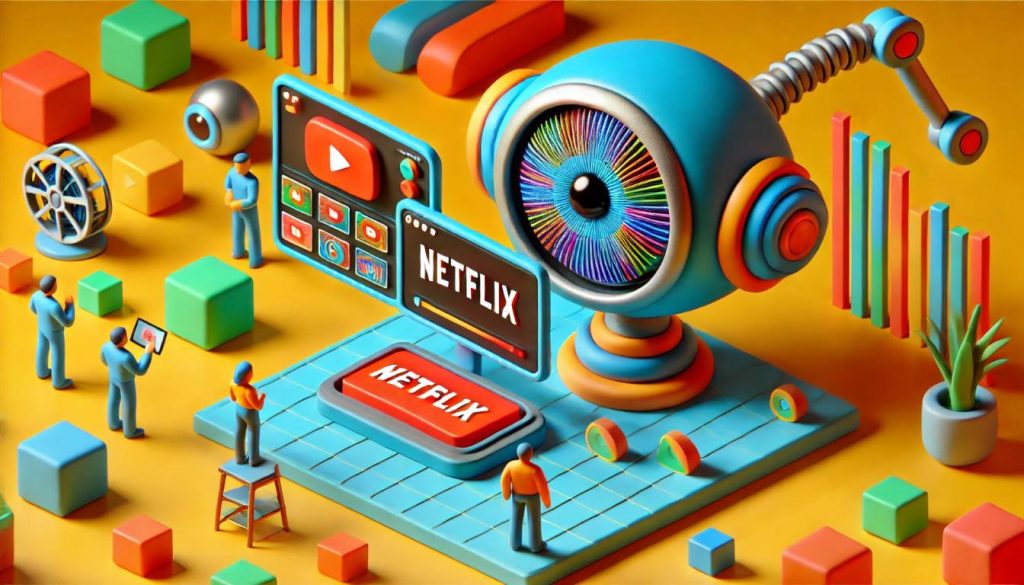What is Nvidia Scraping?
Nvidia Scraping refers to the practice of collecting and utilizing large amounts of data from various sources, including YouTube videos, to train artificial intelligence (AI) models. This concept has gained significant attention in recent times due to its potential implications on copyright laws and the ethics of data scraping.
Understanding the Concept of Data Scraping
Data scraping involves the process of extracting data from websites, social media platforms, or other online sources without obtaining explicit permission from the content creators. This technique is often used by AI researchers and developers to gather large datasets required for training machine learning models.
In the context of Nvidia scraping, the company allegedly utilized a tool called yt-dlp to download millions of YouTube videos daily. These videos were then used to train an unreleased AI model called Cosmos, which is part of Nvidia’s Omniverse 3D world generator and self-driving car systems.
Nvidia’s Involvement in AI Model Training
Nvidia’s involvement in AI model training is not new, but the extent of their data scraping activities has raised concerns among content creators and regulators. According to leaked internal communications obtained by 404 Media, Nvidia employees were instructed to collect full-length videos that could help train the company’s AI model, with a focus on cinematic, drone footage, egocentric, travel, and nature content.
The use of scraped video data for AI training has sparked debates about copyright infringement and the ethics of data scraping. While Nvidia claims that their actions are “in full compliance with the letter and spirit of copyright law,” regulators in the US and EU are still determining whether such practices violate copyright rules.
The YouTube Video Dataset: A Billion Hours of Nvidia Scraping
The scale of Nvidia’s data scraping activities is staggering. According to reports, the company scraped 80 years’ worth of YouTube videos every day, amounting to over a billion hours of video content. This dataset was used to train Cosmos, an AI model designed for various applications, including self-driving cars and digital humans.
How Nvidia Utilized YouTube Videos for AI Training
Nvidia allegedly used a combination of tools and techniques to scrape YouTube videos at scale. The company employed yt-dlp on 20-30 virtual machines that refreshed their IP addresses regularly to avoid being blocked by YouTube. Additionally, employees constructed their own YouTube data scrapers and API accounts to aid in the process.
The scope of this operation raises concerns about copyright infringement and the potential consequences for content creators. As one employee noted in an internal Slack conversation, “Movies are actually a good source of data to get gaming-like 3D consistency and fictional content but much higher quality.”
The Scope and Scale of the Dataset
The sheer scale of Nvidia’s dataset has sparked intense debate about the implications for content creators. With millions (or possibly hundreds of millions) of videos scraped from YouTube alone, it raises questions about how much value these companies place on creative rights.
| Dataset Details | Description |
|---|---|
| Daily Video Intake | 80 years’ worth (approximately 1 billion hours) |
| Video Sources | Primarily YouTube; some Netflix content also scraped |
| Tools Used | yt-dlp; custom-built scrapers; API accounts |
Implications and Concerns Surrounding Nvidia Scraping
The revelations surrounding Nvidia’s data scraping activities have sparked intense debate about copyright infringement and ethical considerations surrounding this practice.
Ethics of Data Scraping: A Growing Debate
The use by companies like Nvidia demonstrates how common it has become to use unlicensed material as training sets, despite ongoing uncertainty around legality under current regulations.
As Robert Mahari told 404 Media, “The best [company] policy in terms of incentives is not telling people what you’ve trained on.”

